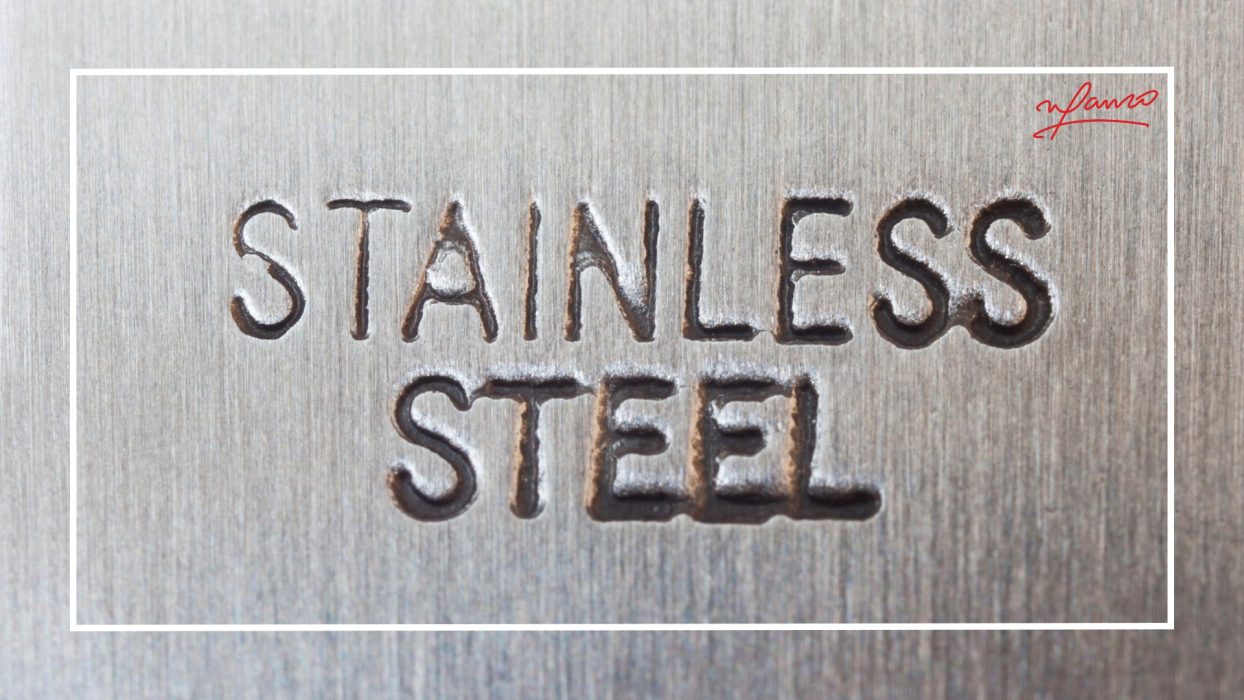Low Carbon Mild Steel Plates
Introduction
Low carbon mild steel plates are the reliable choice for everyday engineering. They cut cleanly, weld easily, and deliver predictable strength at a practical cost. In this guide you will learn what makes low carbon plates so useful, where they perform best, which grades to specify, and how to request a quote that speeds pricing and inspection.
What is a low carbon mild steel plate
Low carbon steel contains a small percentage of carbon which keeps the material ductile and easy to work. Plate rolling turns slabs into flat products across useful thickness ranges and widths. The result is a plate that accepts common welding processes and standard coatings while holding consistent mechanical properties.
Key advantages you can count on
-
Friendly fabrication
Accepts cutting, drilling, bending, and rolling with standard shop tools. -
Predictable mechanicals
Reliable yield and tensile values let engineers design with confidence. -
Good ductility and toughness
Handles forming and local stresses during fit up and welding. -
Wide availability
Stock sizes shorten lead time and reduce offcut waste. -
Cost effectiveness
Competitive price per ton with low processing effort. -
Coating compatibility
Blasts and paints well for outdoor and marine service. -
Traceability
Heat numbers and mill certificates make audits straightforward.
Typical applications by industry
Construction and infrastructure
Base plates, gussets, stiffeners, connection plates, stair stringers, mezzanine decks, and bridge components.
Storage and process equipment
Atmospheric tanks, bins, hoppers, silos, and ducting for material handling.
Power and utilities
Equipment foundations, sole plates, platforms, ladders, and casings that do not see high temperature or pressure.
Heavy machinery and OEM fabrication
Machine beds and bases, frames and guards, fixtures and jigs, transport skids, and industrial trailers.
Marine and repair
Bulkheads, ramps, and deck strengthening in coated zones with a robust paint system.
For fundamentals on properties and sizes, visit our Mild Steel Plates page.
Grades and standards to specify
Choose a grade that aligns with design codes and service.
-
IS 2062 E250 for general structural work
-
IS 2062 E350 where higher strength supports weight savings
-
ASTM A36 for many international projects
-
EN 10025 families such as S235 and S275 for global jobs
State the standard, grade, and delivery condition in your inquiry along with any test requirements.
Thickness, sizes, and optimization
Select the thinnest plate that meets load and stiffness targets. Thinner plates reduce weld volume and handling time without compromising safety when the design allows it. Match drawings to standard mill widths and lengths to reduce waste and speed nesting.
Tolerances and flatness that prevent rework
Define expectations at RFQ stage.
-
Thickness tolerance class that suits machining and sealing
-
Flatness target that supports gasket seating and nozzle alignment
-
Edge condition such as mill edge or trimmed edge
-
Leveling when tight flatness is essential
Fabrication and welding notes
-
Keep plates clean and dry before welding to avoid porosity
-
Follow your welding procedure for preheat on thick sections and restrained joints
-
Select compatible filler metals for the chosen grade
-
Balance weld sequences to control distortion on long seams
-
Mark heat numbers on cut parts and maintain traceability through each operation
Surface preparation and finishes
-
Mill finish when you blast and paint in house
-
Shot blasted and primed supply to speed layout and welding
-
Clear plate identification for smooth receiving and stock control
Documents and inspection you should request
-
EN 10204 type 3.1 mill test certificates with chemistry and mechanical results tied to the heat number
-
Ultrasonic testing reports for critical parts when project documents call for it
-
Packing lists and plate identification that mirror your purchase order
-
Support for third party inspection when clients require it
RFQ checklist for faster quotes
Share these points and you will receive a precise offer.
-
Standard and grade such as IS 2062 E250 or E350 or ASTM A36
-
Thickness, width, length, and quantity
-
Tolerances for thickness and flatness and the required edge condition
-
Surface preference such as mill finish or shot blasted and primed
-
Processing needs such as cutting, bevels, marking, and bending
-
Document and inspection scope
-
Delivery location and target date
Frequently asked questions
Can low carbon plates be used outdoors
Yes with an appropriate blasting and paint system. For aggressive chloride or chemical exposure consider alloy or stainless options.
Is preheat always required
Often not for common thicknesses. Follow your welding procedure and consider restraint, ambient temperature, and hydrogen control.
Can I mix mild steel with alloy parts
Yes with suitable filler metal and a clear procedure. Align inspection notes in advance.
Why teams choose Namco Industries
You get consistent chemistry control, precise rolling, and reliable dispatch windows. Plates fit up cleanly, weld predictably, and pass inspection without friction. Our supply plan aligns rolling, cutting, identification, and packing with your schedule.
Conclusion
Low carbon mild steel plates deliver practical strength, fast fabrication, and clean paperwork. Select the right grade, set tolerance and finish expectations early, and lock the document plan. Ready to move from drawings to a precise quote
Click Here to share your requirement with Namco Industries.



